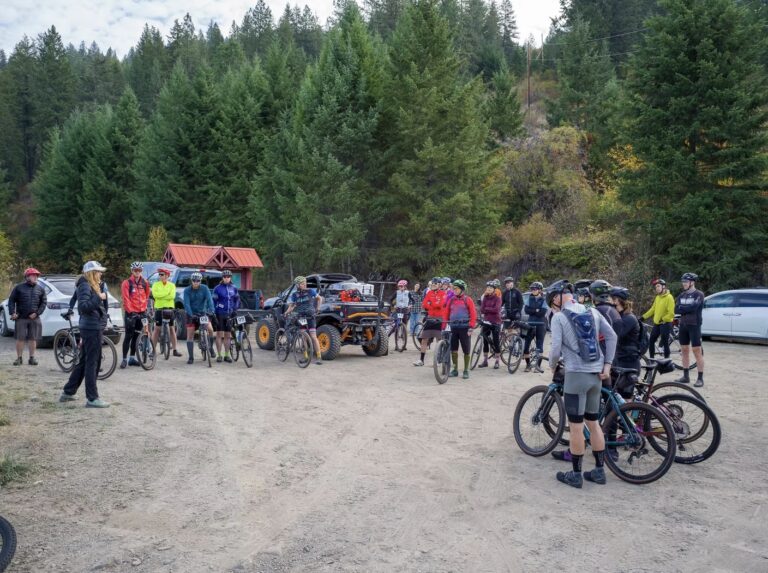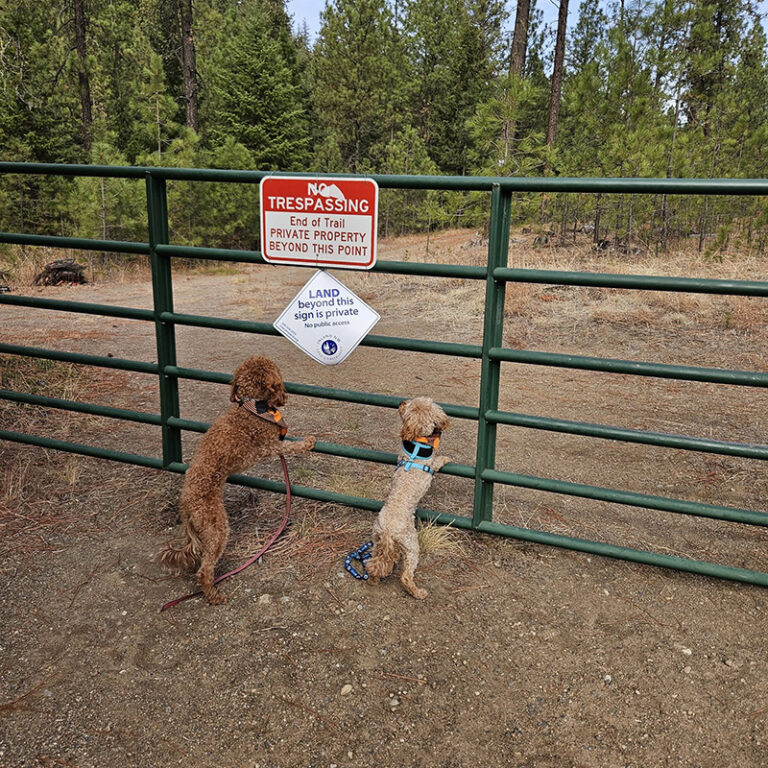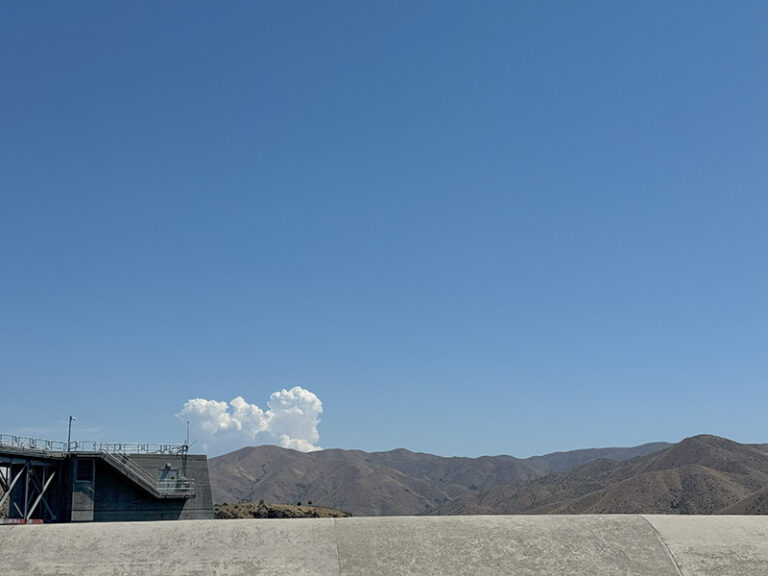As a bike aficionado, I’m not exactly hard to convince that I need another bike. Apparently owning a bike for every type of cycling in all kinds of conditions is an affliction that many bike lovers suffer (although perhaps the spouses of said cycling addicts do the suffering). I feel rather great joy whenever I open my garage. Yet none is greater than after the first snowfall, when I navigate my way through rows of bikes from the tandem to the townies to the roadies to the cross and mountain bikes to pull out my fatty. I imagine it waits like a primed steed at the rear of the stall. Patiently chewing on its bit. Or brake lines. At last, old friend, the snow has fallen and we shall ride again.
Some people ride their fatties all year, but I cannot do that because it may be revealed that my April bike and my June bike and my September bike are perhaps superfluous. So when the higher elevations get their early dusting of white, I am eager to gear up and transport myself to winter wonderland riding. It is my December-to-March bike.
Riding a fatty in the snow is like no other cycling experience. The snow absorbs sound and creates a glowing blanket of silence, except for the soft tilling of the tires as they roll along beneath me. The trees are quiet and cozy under their felted cloaks. The creeks trickle in and out of snow bridges. I pretend I’m in some Red Bull-sponsored version of Narnia. You know, the friendly version of the White Witch on her fat bike. Perhaps a hot toddy in the thermos. I could complete this picture with a white dog but my spotted heeler will suffice.
I like getting on my bike all cozied up in winter gear. It is not the same pretentious lycra of our roadie season. It lacks intensity. Anyone riding their bike in mittens and a raccoon cap looks pretty friendly and laid back. Packed in my layers of wool and down, fat biking is not about cranking out miles or a steady heart rate. Fat biking is about exploring my childlike playfulness on a bike all over again. Because in the snow, the biggest bruises I get are from my bike. And maybe my ego. Climbing hills on a fat bike is not like climbing hills on a normal bike. It is slower and more cumbersome. But come spring time, the mountain bike feels featherweight.
The bouncy stability of those fat tires makes me feel rather indestructible as I float down the trails, grinning ear to ear. My willingness to attempt launching off crazy things is exacerbated by the innocent layer of snow. This sometimes pans out and other times does not (also, logs can bruise you, even under snow). The sense of invincibility, which we so seldom feel in our adult lives, matters here. Because we have jobs and ACL injuries.
When I talk about fat biking to the not-yet-exposed, there are looks of trepidation and claims of inhuman fitness requirements. Do not be fooled by the idea of riding a bike in the snow. It is not an extreme sport. It does not require a hardy body or a well-tuned athlete. Fat biking is the water gymnastics of the cycling world. At least that’s how I roll. Go find a fatty and rediscover your own childlike joy. You may just come to realize that you, too, need a December-to-March bike. //
Where to get a fatty: Most bike shops sell, rent or demo fat bikes, and many regional ski resorts also rent them for use on their designated fat biking trails.
Where to ride your fatty: The fat bike rides well on packed trails, snowmobile trails, country roads, and thinner layers of fresh snow. If you are riding on groomed trails such as cross-country trails, make sure you know if it’s allowed first (some Nordic trail systems don’t allow fat biking) and respect the terrain rules.
What to wear on a fatty ride: Treat it like snowshoeing or hiking in cooler temps. Chances are you will warm up and want to delayer. Waterproof hiking boots or trail runners with gators are favorites. Try fleece leggings or thicker cycling pants and long underwear. Wear a base layer up top with two outer layers (like a fleece and shell). When you sweat in cold temperatures, you will get cold faster and most certainly if you have a wind-chilled descent. Leave your cotton layers at home. And don’t forget the best gloves or mittens you have, a hat, and a helmet. The snow might be soft, but what is under it is often not.
What to bring on a fatty ride: Food and water, tools and a pocket pump (it’s nice to be able to adjust tire pressure with changing snow conditions), and sunglasses or goggles.













